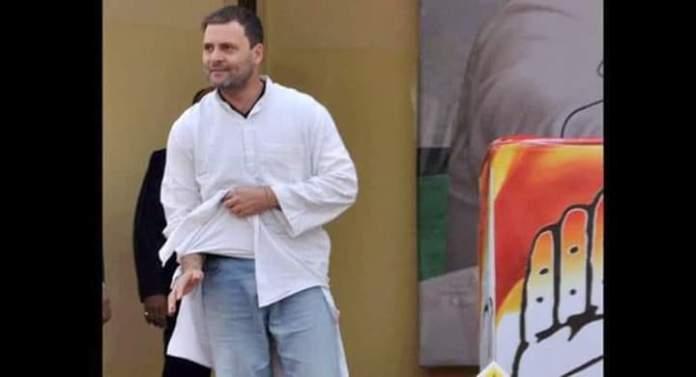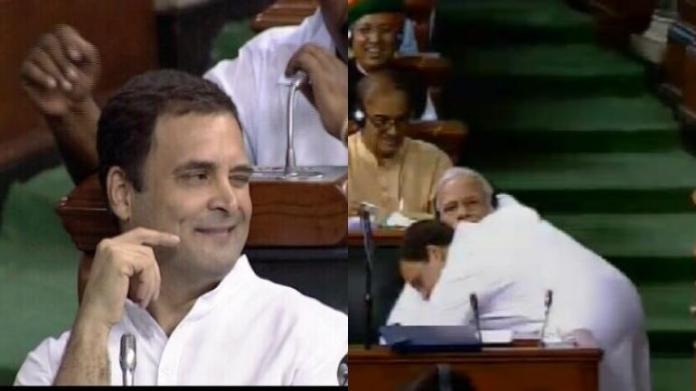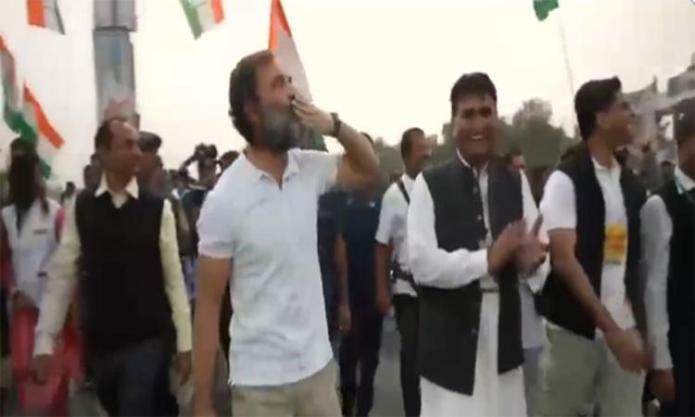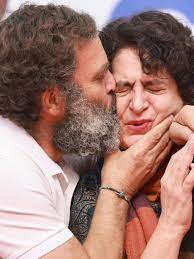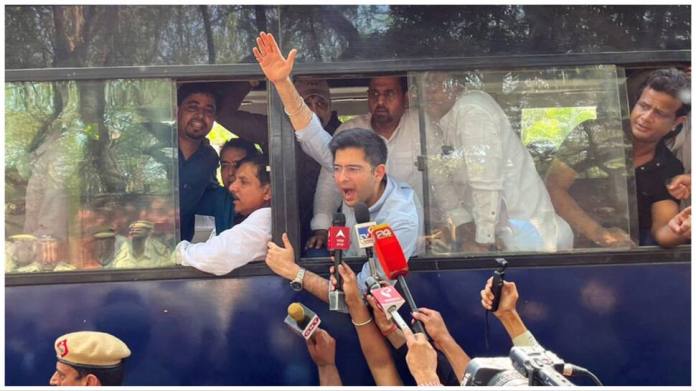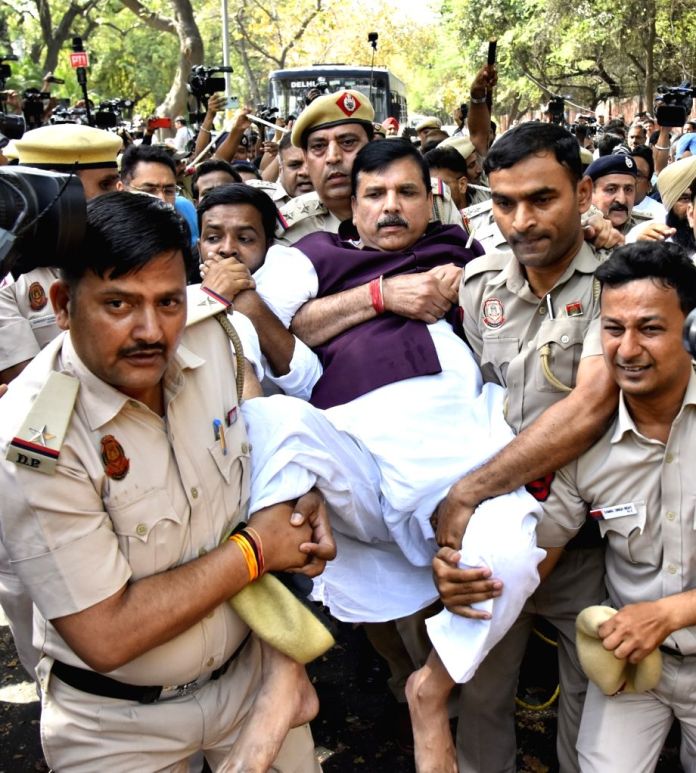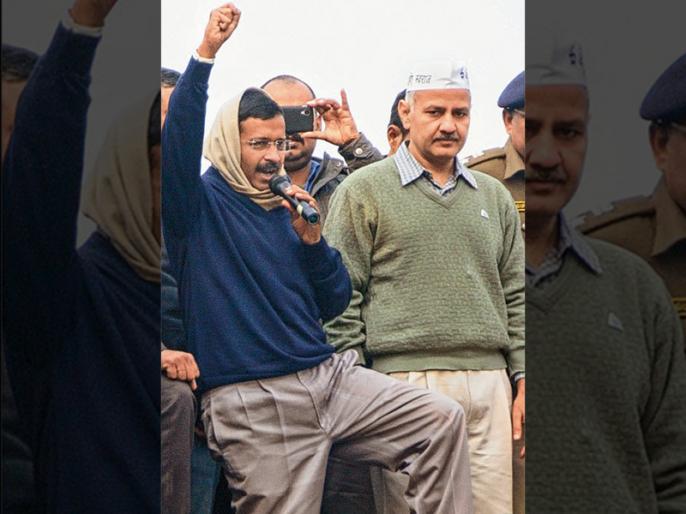Manipur is in the news these days, for all the wrong reasons. We are told that diversity is our strength. It is a right statement, but our mainstream society has “Useful idiots” who keep repeating this narrative foolishly. Currently this narrative is breaking us instead of making us. Let’s see how to restate it usefully by altering the emphasis from the word “Diversity” to the word “Unity”. We need to strengthen the factors that can potentially unite us in Manipur and the NE region generally.
Arjuna, the archer among the Pandava brothers, was killed in the present day Manipur/Nagaland areas of North-Eastern India, at the hands of a local king Babruvahana*. However he was brought back to life by another North-Eastern Naga Princess Ulupi**. Bhagavan Shri Krishna waged an extremely bloody war with King Banasura*** in NE, the present day Tezpur of Assam state to secure freedom of his grandson Aniruddha and daughter in law Usha from the captivity of Banasur.
The war was so bloody that the city came to be known as Tezpur (its ancient name was Sonitpur) The fact that the word ‘Tez’ means blood, in the today’s local language and the word ‘Sonit’ too is blood in the ancient Sanskrit language, is credibly indicative of continuity of the prehistoric ancient narrative, not to mention existence of hundreds other evidences spanning from archaeologist, literary and linguistic evidences joining India’s ancient culture to the NE.
These are long and fascinating stories from our ancient literature, but this narration, here, is not about our ancient “Itihasa”, but the sad state of our “unity in diversity” narrative. How come today most of us seem to have forgotten our great connections with North-Eastern India, underpinning the unity throughout the ancient Indian Sanskriti?
Although I thought myself to be a well read, well travelled and a nationalist person, even aware of the above stories from what my early childhood reading was, “Sanskritic Unity” was not retained in my conscious memory. For me NE was just Kaziranga Reserve and Maa Kamakhya Temple and nowadays, Chief Minister Himanta Biswa Sarma.
The latest being Manipur unrest due to friction between the valley based Hindus and Hill based Christians, the Myanmari Muslim Rohingya and Bangladeshi Muslim Refugees, fuelled by missionaries, maulanas,communist leftists and Chinese/European fundings. People gloss over every real issue and keep repeating Meitei and Kuki tribal rivalry over just one, the SC-ST listing.
When I recently travelled to NE with my wife, the main objective was to visit a student hostel meant for needy tribal boys in the deep interiors of NE, to stay amongst them, to estimate their needs and to make appropriate donations based on the personally gained authentic experience and information. And if time permits, to also visit famous tourist attractions such as Kaziranga Reserve and the Maa Kamakhya Shakti Peeth.
Mission was accomplished. That done, enjoying the lush green NE, its mountains, rivers, forests, waterfalls etc I was planning to return home. However, suddenly, like a lightning bolt it struck me that NE is much more than just a beautiful landscape. That, it was a territory deeply connected to me as an Indian, as a Hindu and that it was truly my Sanskritic extension, my passions and what I think I am living for.
I do not get it, how come it was not my first-recall when I planned visiting NE States, Assam, Meghalaya, Manipur, Nagaland etc? Was it my education? Unavailability of knowledge? Inaccessibility to travel? Some well thought out conspiracy by adversaries? Or, all of it? Yes, I think all of it played a part in shutting up NE from our thinking and blanking it out from our collective consciousness.
Of course, some great patriotic organisations have been doing a great job serving the local population for decades. They seemed to work in complete anonymity as we were hardly noticing their hard work. Recently some openings had begun to open up during the rule of Prime Minister, Late Shri.
Atal Bihari Vajapayee when he gave the “Look East” policy, however, to my mind a huge opening up happened when Shri. Narendra Modi rose to become the Prime Minister of India and prioritised NE by “Act East” policy.
As Indians, we need to step up bringing NE to the homes of every Indian, be they in Srinagar, New Delhi, Mumbai or Chennai. We have a wonderful precedent in this regard in the shape of “Madhavpura Mela”, The annual fair of Madhavpura. The town Madhavpura is situated in the Porbandar District of Gujarat State.
This fair celebrates an immortal love story of Bhagavan Shri Krishna that connects Arunachal Pradesh of NE to Gujarat. Since the time immemorial, devotees, artists, craftsmen, businessmen etc from both states travel to and fro these states every year for this Mela and keeps the connection vibrant, alive and kicking.
The North-East India’s Mishmi Tribe from Arunachal Pradesh traces their lineage to the King Bhishmak of Vidarbha. His daughter Princess Rukmini had married to Bhagavan Shri Krishna. As per the authoritative “Itihasa” from the scripture “Harivamsam”, Princess Rukmini had sent a ‘love-letter’ to Bhagvan Shri Krishna expressing her desire to marry Him and that she loved him. Further, were He to fail from rescuing from her impending marriage with King Jarasandha, it would be ‘murder of her true love’.
King Jarasandha was a friend of her brother Rukmi and a sworn enemy of Krishna. Neither she nor King, her father Bhishmak, agreed to the wedding to Jarasandha, but Rukmi was too overpowering. Damsel in distress had pleaded for help to a brave Yadu Kshatriya. Can He decline? She had scribbled in the letter, the exact time and place for elopement.
Unmistakably, ever ready to help those who ask for it, Bhagavan Shri Krishna arrives at the rendezvous and carries out a daring abduction from under the nose of Rukmi. On His Chariot, He speeds away the princess. As the ancient narrative states, Shri Krishna takes Rukmini as His wife. The wedding takes place near Ghed, a village near Madhavpura town.
A Governmental Tourism website*****states following: “Madhavpur Ghed, a small but culturally significant village, is the place where, according to folklore, Lord Krishna married Rukmini, the daughter of King Bhishmaka. Madhavpur lies on the seashore, close to Porbandar. A 15th century Madhavrai temple marks the site. This event is commemorated by a cultural fair held every year, commencing on Rama Navami. A colourful chariot carrying the idol of Lord Krishna circumnavigates the village and the festivities usually continue for five days.”
We find the city of King Bhishmaka, the Bhismaknagar, is in the current day Arunachal State, bordering current day China. It is near Roing, a town in the lower Dibang Valley. It is also an archaeological site, hiding many secrets of history.
Putting to good use, such precedents of Madhavpura fair, we should invent/reinvent fairs, celebrations, festivities and events to commemorate every small and big common thread that connects the Indian Sanskriti with NE for lasting impact and a firm and credible sense of belonging to “One India”.
Enough has been said about the diversities of India, the different languages, religions, cuisines, dresses, dances etc. Let’s not thoughtlessly parrot the mantra “Unity in Diversity” narrative that merely reinforces the diversity factors.
Shri Narendra Modi has taken a new initiative on these lines to unite Tamilians to other states of India by beginning cultural fests such as “Kashi-Tamil Sangamam” and “Saurashtra-Tamil Sangamam”
Let’s do our bid and create similar events at our levels and boost narratives on the factors that unite India.
_____________
Brief Narration of relevant “Itihasa” for interested readers.
*Babruvahana was a son of Chitrangada and Arjun. During the ‘Gupta-Vaas’ segment of Pandavas ‘Vaan-Vaas’, Arjuna had gone to see the Manipur King, Chitravahana. He met the incredible warrior-princess Chitrangada and fell in love. With the blessings of the King, they got married. They had a brave son from this wedlock. His name was Babruvahana. He loved and respected his father but when Pandavas had announced the campaign of Ashwamedha Yagna, they were technically required to challenge every kingdom.
Thus Manipuri Kingdom too was challenged by Arjuna despite the adversary King happened to be Arjuna’s son, Babruvahana. Unwilling to fight his own father, Babruvahana felt honour-bound to accept the challenge and save his kingdom. In the battle that ensued, the mighty archer Arjun fell to the assault of brave and well-trained Babruvahana. In keeping with the Matrilineal family tradition, just as other NE girls, Chitrangada too chose to remain in NE, even after her wedding, rather than return with Arjun to Hastinapur and stayed back in Manipur to rule her inherited kingdom.
Ulupi** was a princess of Naga King Airavata of the NE region. Her husband was killed by Garuda. She happened to see Arjuna and fell in one-sided love with him. She was so infatuated with him that she kidnapped him and got herself married to him using her mystic powers. They had a son by name Iravan, who had also participated in the Great war of Mahabharata from Pandava’s side. He died in that war.
When she came to know that her husband Arjun had died in the battle with Babruvahana of the neighbouring kingdom, she rushes there and with her mystic powers, brings Arjun back to life. She proved to be a very loyal and loving wife. In keeping with the Matrilineal family tradition, just as other NE girls, Ulupi too chose to remain in NE, even after her wedding, rather than return with Arjun to Hastinapur and stayed back in NE to rule her inherited kingdom.
Banasura*** was a king of Sonitpur, a great-grandson of Vishnu-Devotee-King Prahalad. Her daughter, Princess Usha had developed one-sided love with Bhagavan Shri Krishna’s grandson, Aniruddha. With the help of her friend-cum-maid Chitralekha, she kidnaps Aniruddha and gets married to him using mystic powers. They shortly become a loving couple, living on a palace on an island of the River Brahmaputra.
When Banasura comes to know of their secret, he becomes angry and imprisons them in the same palace of that island. When the President of Dwarka**** comes to know that his Grandson Aniruddha and Grand daughter-in-law Usha is imprisoned, He sends his army to secure their release and bring them home to Dwarka. The battle is fought on the banks of Brahmaputra river. The war was won but the bloodshed was so horrific that the place and the city built there came to be known as Sonitpur, City of Blood.
President of Dwarka**** Bhagwan Krishna was not a King but a President of the Yadav Republic-Vrishni Sangha – do not be surprised when Narendra Modi says that India is Mother of Democracy and do not be surprised when you do not find the suffix “King” for Bhagavan Krishna in any scripture. Bhagavan Rama was King but Bhagavan Krishna was “Pramukh” of Vrishni Sangha, at best known as Dwarkadhish, but never a king!
Madhavpur Mela Website***** https://porbandar.nic.in/madhavpurp1/#












